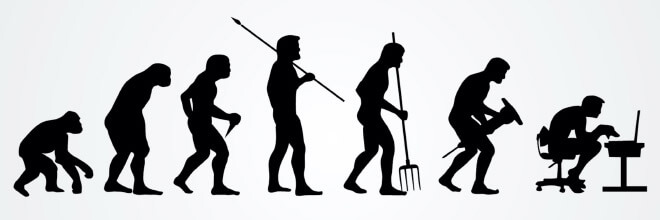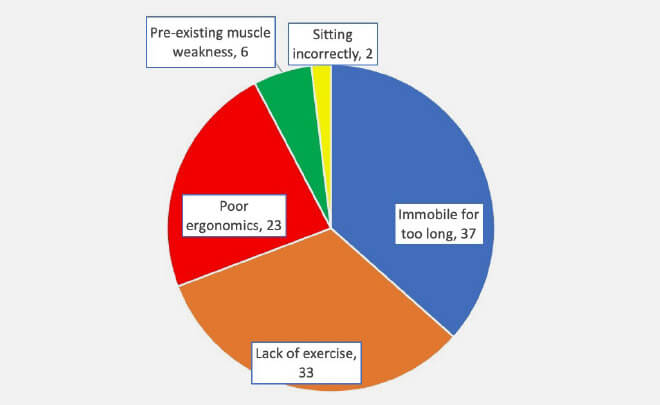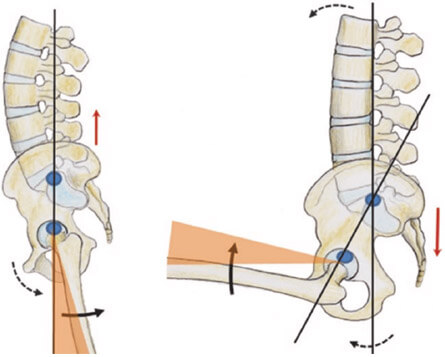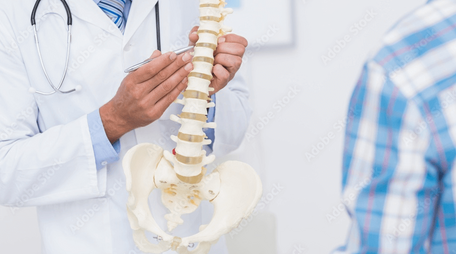The recent public health emergency has forced many of us to change our working environments and work from home. Unfortunately, this has resulted in a 50% increase in back pain and neck pain cases.

Employers have tried to optimise home ergonomics, but the main drivers of these conditions are prolonged immobility and lack of exercise (Figure 1).

Figure 1
Reasons for why over half of physiotherapists are seeing increased patients presenting with neck and back pain (%), survey by Irish Society of Chartered Physiotherapists.
The Impact of Sedentary Lifestyle and Lack of Exercise on Back Pain
Many occupations have used both technology and connectivity to allow remote work. Most will not miss the daily commute, and the efficiencies of a home office mean less lost time around the working day. Yet again, the sedentary lifestyle creeps farther into our human existence. In particular, we spend even more of our time sitting. We know that immobility increases the likelihood of modern-day disorders like diabetes, obesity, cancers and heart disease. However, the recent past has seen an upsurge in back and neck pain presentations to clinics where working from home has subsidised habits in terms of poor posture and lack of exercise.
A normal healthy lumbar spine (lower back) should have a small arch, keeping us upright when standing. This arch relaxes during sitting, called lumbar flexion, which places more pressure on the intervertebral discs. Exercise promotes anti-inflammatory cytokines that reduce inflammation and pain.
Prolonged sitting allows the pelvis to gently slide forward into a slouch, further stooping the back (Figure 2). Furthermore, because the lower and middle spine is tilted forward, the neck has to work harder to keep the head upright with resulting neck pain. However, bad posture or slouching, while considered bad for us, are not definitively proven to cause back pain. In contrast, a lack of exercise is definitely linked to back pain and other health problems as mentioned. As part of this, stretching promotes movement and elasticity of the passive tissues.

Figure 2
As the erect spine goes from standing to sitting, the pelvis slides forward and the spine flexes, placing more pressure on the discs. With permission from “Spinal Anatomy: Modern Concepts”, Ed JM Vital, Derek Cawley, Springer 2020.
Practical Tips for Preventing Back Pain
While adjusting screen, desk and chair height are some of the well-known adaptations to optimise a comfortable working position, they do not cater for soft tissues that need to move.
Consider a gym ball which you can swap for the office chair intermittently during the day which allows for a gentle core workout, but can also function as an excellent aide to further exercises.
A standing desk has an adjustable height to allow work while standing up.
Could you take a business call on your headphones while going for a walk? While office ergonomics are important, research would show that it is the practice of moving, stretching and walking where possible that makes the greatest gains in maintaining spinal health.
Therefore it is worth getting up out of your chair at least every hour, placing your hands in the small of your lower back, pushing the hips forwards and lean back as far as you can a few times to reset the natural curve of your spine.
After work, simple strengthening exercises that are well known include the “Superman” and the “Plank”.
The Superman
Kneel on your hands and knees, engage your lower abdominals and raise and straighten both your right leg and left arm. Hold for 15 seconds, then switch around and repeat this 5 times.
The Plank
Lie face down, bring your elbows under your shoulders, keep your back straight and rise up onto your elbows and toes (or elbows and knees which is easier). Hold for 15 seconds; repeat 5 times
Seeking Help for Back Pain
Frequently, a minor back injury is usually blamed as the cause of the spine problem, and often prompts a visit to a doctor or physiotherapist but it is more likely to be the most recent symptom in a culmination of postural habits and muscle imbalance. There is a broad consensus in approaching back pain, which starts with having your doctor or physiotherapist rule out serious causes for your back. Once that's done, avoid bed rest and gradually return to daily activity levels. For the majority with lower levels of disability simple measures will suffice, such as exercising and exercises
With higher levels of disability, it may require input from multiple disciplines. A chronic back pain sufferer may look into attending a spinal specialist to achieve further insights into their back pain, undergoing x-rays or MRI scans and potentially requiring injections or surgery. However, the concepts of regular gentle back exercises apply to us all.
Written by Derek T Cawley, Consultant Spine Surgeon
EUROSPINE is a society of spine specialists of various disciplines with a large knowledge of spine pathologies. All well-known and accepted treatment modalities for spine pathologies are represented by the members of the society. However, the Society cannot accept any responsibility for the use of the information provided; the user and their health care professionals must retain responsibility for their health care management.



